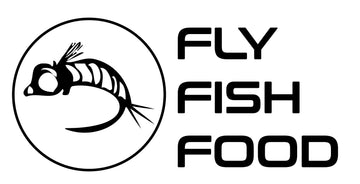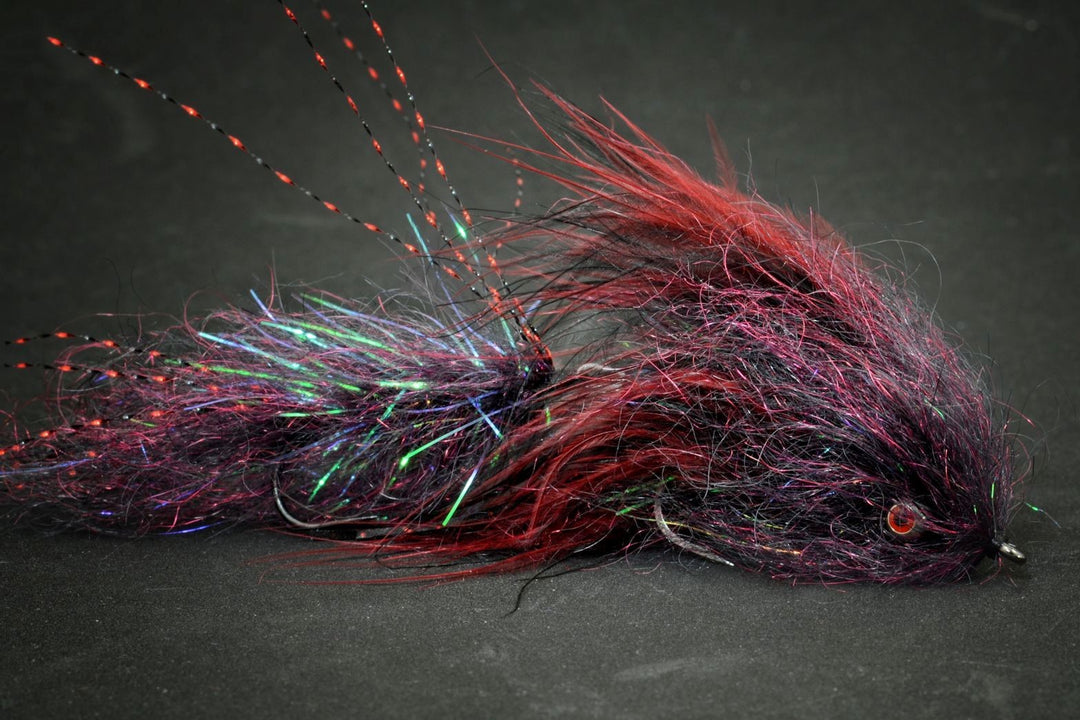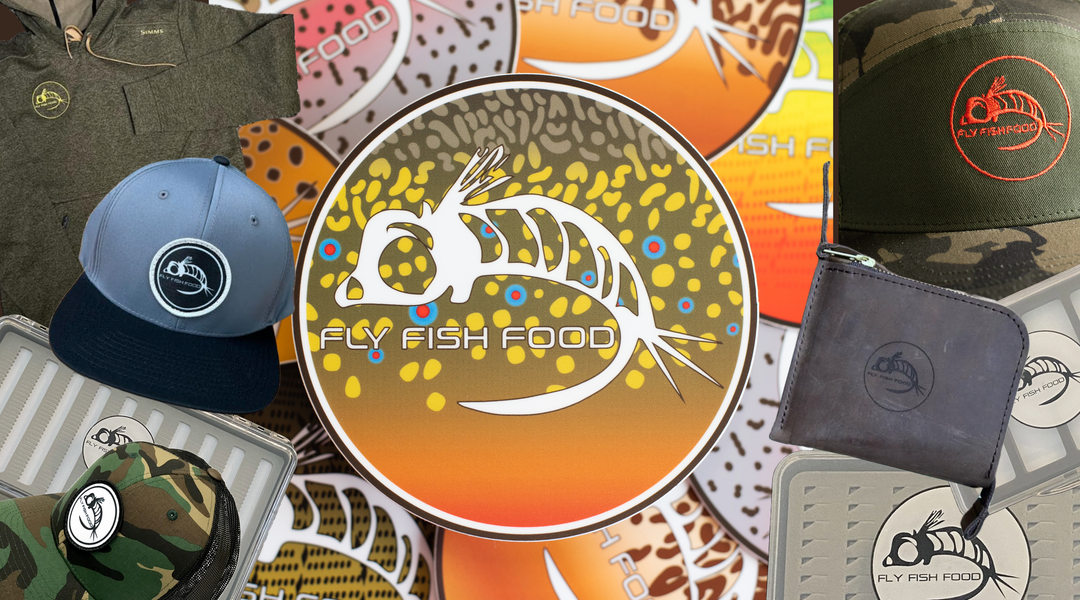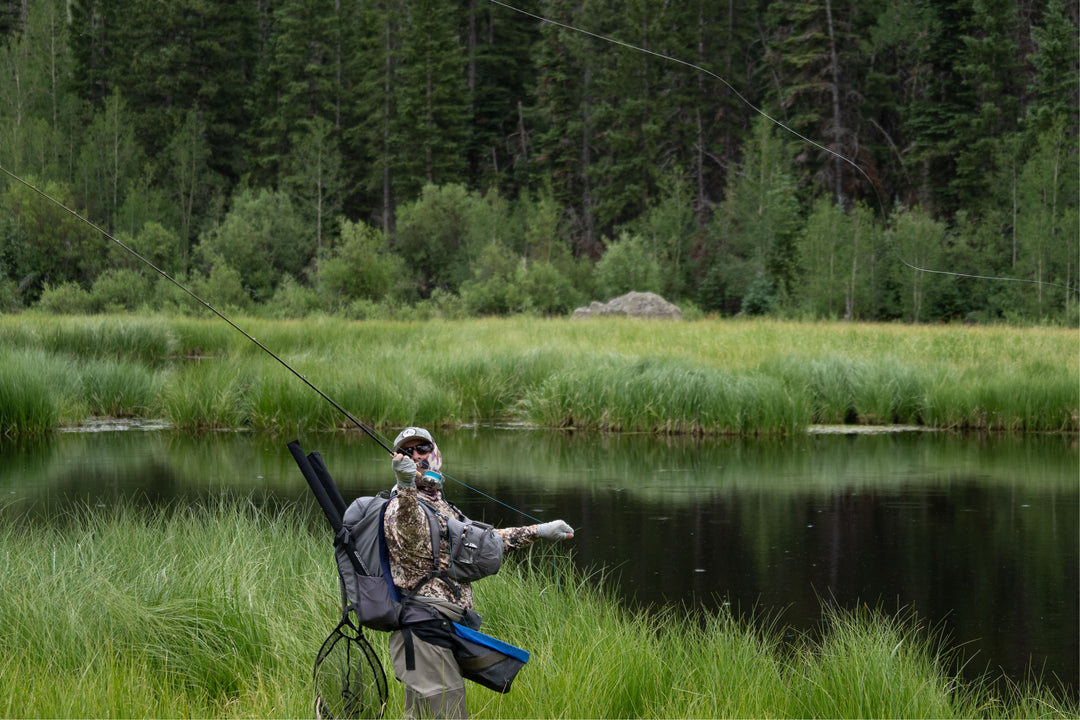Wyoming ·
Firehole River Fly Fishing Report - August 8/23/2025
FIREHOLE RIVER FLY FISHING REPORT
Yellowstone National Park — Status & Guidance
Report Date: August 23, 2025 | Next Update: August 30, 2025
Current River Conditions & Important Notice
Closed to fishing: As of mid‑August 2025 the National Park Service has closed the Firehole River (and tributaries in the affected area) to all fishing due to elevated summer water temperatures and reduced flows that place trout under thermal stress. This closure is in effect to protect fish populations — check the NPS website for any status changes before planning a trip.
Why the closure?
Long, hot summer conditions combined with the Firehole's geothermal characteristics can raise water temperatures well above trout comfort levels. Low flows reduce dissolved oxygen and increase stress — managers close fishing to reduce angling-related mortality.
Long, hot summer conditions combined with the Firehole's geothermal characteristics can raise water temperatures well above trout comfort levels. Low flows reduce dissolved oxygen and increase stress — managers close fishing to reduce angling-related mortality.
Typical late‑August pattern
Flows: Lower than spring runoff (variable)
Temperature: Elevated for the season (summertime peak)
Clarity: Often clear but dependent on flows and local runoff
Flows: Lower than spring runoff (variable)
Temperature: Elevated for the season (summertime peak)
Clarity: Often clear but dependent on flows and local runoff
Public access
Trailheads & roads: Open per park notices, but fishing is prohibited where closures apply. Respect posted signs and rangers' instructions.
Trailheads & roads: Open per park notices, but fishing is prohibited where closures apply. Respect posted signs and rangers' instructions.
Angler actions
Monitor NPS alerts, avoid fishing in the closed sections, fish elsewhere if you want to safely practice fly fishing (see Alternatives below).
Monitor NPS alerts, avoid fishing in the closed sections, fish elsewhere if you want to safely practice fly fishing (see Alternatives below).
Hatch Outlook (Late August)
| Insect | Expected Activity | When to Watch |
|---|---|---|
| Terrestrials (hoppers, ants) | Moderate–High along banks (warmer afternoons) | Afternoon to early evening |
| Caddis | Light–Moderate; evening surface activity likely | Evenings |
| PMDs / Baetis | Light and sporadic; best in cooler micro‑pockets | Morning to midday (cooler spots) |
| Midges | Consistent low‑level activity — reliable in calm water | Mornings and evenings |
| Salmonflies / Big stoneflies | Generally not a major factor in late August (earlier summer) | Earlier summer months |
Tactics & Angling Notes
If and when sections reopen, morning fish will be your best opportunity — nymphing in riffles and seams before the heat of the day, switching to dries and terrestrials along foam lines in the cooler hours. Even when the river is open, favor short fights, keep fish in the water, and use barbless hooks. While the Firehole is closed, focus on scouting and practicing rig setups (rod, leader, indicator placement) so you're ready when conditions improve.
Recommended Flies (Patterns & Links)
Below are patterns that match the late‑August food sources and tactics. Each pattern links to the fly shown in our reference fly sheet so you can quickly order or compare materials and sizes.
- Libby's Salmonfly — large #4–8 dry for stonefly/salmonfly windows (use earlier in the season; good to have in the box).
- Tungsten Pat's Rubber Legs — #6–10 nymph for stonefly and big nymph presentations; a go‑to when fish are keyed on heavy nymphs.
- Parachute - Blue Wing Olive — versatile BWO/PMD dry; sizes #14–18 cover late‑summer mayfly activity.
- Tungsten Split Case Nymph - PMD — tight profile emerger/nymph for indicator fishing, sizes #14–18.
- Corn‑fed Caddis (CDC) - Tan — skittering caddis dry for evening sipping fish (#14–18).
- Olsen's Foam Front End Loader Caddis - Tan — high‑visibility caddis for low light and foam lines.
- Coffey's Articulated Sparkle Minnow — Sculpin #4 — streamer for deeper runs and structure; excellent when fish are holding low.
- Sculpzilla - Natural — stout sculpin imitation for stripping along pocket water and cut banks.
- Egan's Poacher - Olive — a compact jig streamer effective in faster water and drop‑offs.
- Split Case - PMD — dry/emergers that match hatching PMDs; useful on calm, selective days.
How to Rig These Flies
- Nymphing (indicator): Tungsten Split Case or Pat’s Rubber Legs on point (size to match), add a smaller beadhead or soft‑hackle dropper 12–18" above; use a soft current presentation and vary indicator strike length.
- Dry fly: Parachute BWOs or Corn‑fed Caddis sizes #14–18 on a 9–10' leader (4X–6X tippet depending on wind). Target foam seams and undercut banks at midday/evening.
- Streamer: Use Sculpzilla or Coffey’s Sculpin on a 7–8' sinking tip or weighted fly with short, aggressive strips through deep runs and behind structure.
- When it’s hot: Fish early or late; focus on the coolest pockets and deeper pools, and handle fish quickly with wet hands if you must land one (but remember: Firehole is closed now).
Alternatives While the Firehole Is Closed
If your trip is fixed and you still want to fish, consider rivers and tailwaters outside the closed park sections where temperatures remain cooler — verify current local regulations before heading out. Popular alternatives that anglers often choose in late summer are:
- Madison River (outside YNP reach) — cooler tailwater sections early/late.
- Gallatin River — higher elevation riffles and shaded runs.
- Henry's Fork (Idaho) — excellent late‑season dry fly and nymph options.
Final Notes & Stewardship
The closure is about fish survival. Please respect closures and posted signs — it’s the quickest way to ensure healthy trout populations and to keep fishing opportunities open in the long run. If you plan to fish open waters nearby, carry a thermometer, keep fish in the water as much as possible, use barbless hooks, and avoid angling when water temperatures are high.




